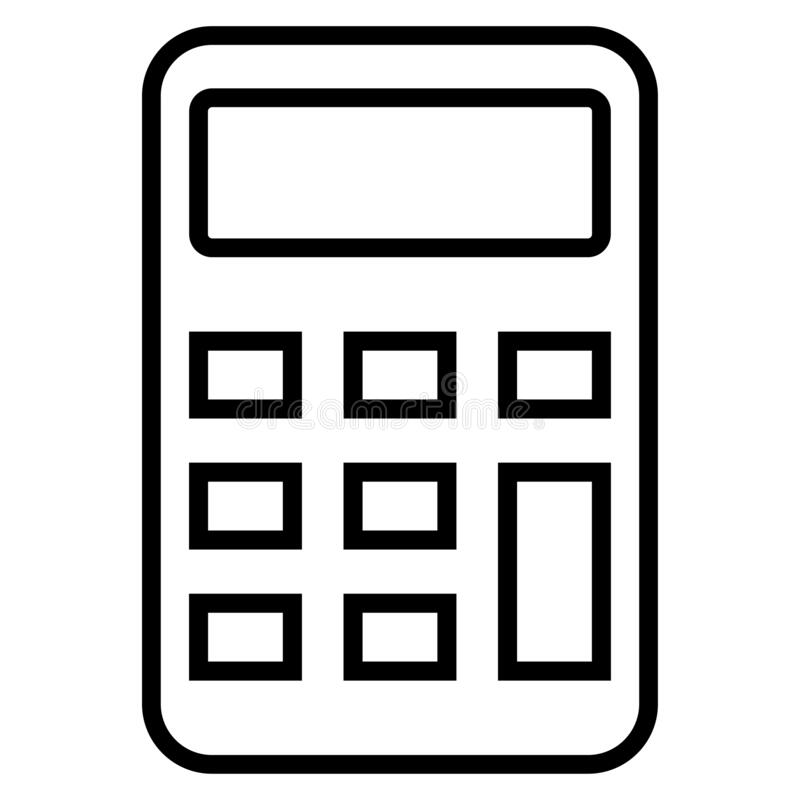A Landlords guide to Inventory Check-Outs
In this guide, we will delve into the intricacies of inventory check-outs for landlords and provide detailed insights to help you stay ahead of the competition.
What is an Inventory Check-Out?
An inventory check-out is an essential process that helps landlords determine the condition of their rental property after a tenant moves out. The inventory check-out provides an itemised list of fixtures, fittings, and furnishings, as well as their condition and any damages that may have occurred during the tenancy. The check-out report is compared against the inventory report made at the start of the tenancy to identify any discrepancies or damages that require the tenant to pay for repairs.
Free Landlord Resources

Free Instant Valuation
See how much your property could get in rent.

Fee Saving Calculator
See how much you could save on property fees.
Yield calculator
Calculate your rental yield with our simple tool
Compliance Guide
Download your complete landlord compliance guide
Why is an Inventory Check-Out Important?
For landlords, it’s crucial to have an inventory check-out report as it provides you with evidence of any damages caused by the tenant during their tenancy. The report can be used as evidence in the event of a dispute over the return of the tenant’s deposit. Additionally, it helps landlords ensure that the property is in a suitable condition for the next tenant to move in, thus avoiding any legal complications.
When Should You Conduct an Inventory Check-Out?
The inventory check-out should be conducted on the last day of the tenancy, just before the tenant moves out. This ensures that any damages caused by the tenant can be identified and addressed before the new tenant moves in.
Who Should Conduct the Inventory Check-Out?
The inventory check-out should be conducted by an impartial and independent third-party inventory clerk. The inventory clerk should not have any affiliation with the tenant or the landlord to ensure that the report is unbiased and fair.
What Should Be Included in the Inventory Check-Out Report?
It report should include a comprehensive list of all fixtures, fittings, and furnishings, as well as their condition at the end of the tenancy. The report should also include any damages caused by the tenant during their tenancy, such as broken appliances or damaged furniture. Additionally, the report should include photographs of the property’s condition, providing further evidence of any damages caused by the tenant.
How to Conduct an Inventory Check-Out?
To conduct an inventory check-out, follow these simple steps:
- Review the original inventory report made at the start of the tenancy to identify any discrepancies or damages.
- Conduct a thorough inspection of the property, noting the condition of all fixtures, fittings, and furnishings.
- Take photographs of any damages or discrepancies found during the inspection.
- Complete the inventory check-out report, including a comprehensive list of all fixtures, fittings, and furnishings, as well as their condition and any damages found.
- Share the inventory check-out report with the tenant and request that they sign it to confirm their agreement with the report’s contents.
Conclusion
In conclusion, arranging a professional inventory inspection at the beginning and end of the tenancy is strongly recommended, as it is a vital protective measure that will prevent you from paying through the nose if there are extensive damages to the property and a dispute regarding the proposed deduction from the deposit. It can also reduce any legal complications by ensuring that the property is in a suitable condition for the next tenants.
Free Landlord Resources

Free Instant Valuation
See how much your property could get in rent.

Fee Saving Calculator
See how much you could save on property fees.
Yield calculator
Calculate your rental yield with our simple tool
Compliance Guide
Download your complete landlord compliance guide

Meet Sam your local Expert
Sam has a wealth of experience across the private landlord and Build to Rent sectors. He has advised a wide range of clients across the whole of London on how to find great tenants, improve their assets and effectively market their properties for the best returns.
Our Trusted Partners





See if we can save you Money
As Featured on






